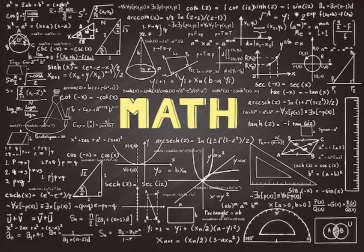Welcome to the Topdown Parsing MCQs Page
Dive deep into the fascinating world of Topdown Parsing with our comprehensive set of Multiple-Choice Questions (MCQs). This page is dedicated to exploring the fundamental concepts and intricacies of Topdown Parsing, a crucial aspect of Compiler Design. In this section, you will encounter a diverse range of MCQs that cover various aspects of Topdown Parsing, from the basic principles to advanced topics. Each question is thoughtfully crafted to challenge your knowledge and deepen your understanding of this critical subcategory within Compiler Design.
Check out the MCQs below to embark on an enriching journey through Topdown Parsing. Test your knowledge, expand your horizons, and solidify your grasp on this vital area of Compiler Design.
Note: Each MCQ comes with multiple answer choices. Select the most appropriate option and test your understanding of Topdown Parsing. You can click on an option to test your knowledge before viewing the solution for a MCQ. Happy learning!
Topdown Parsing MCQs | Page 1 of 2
Explore more Topics under Compiler Design
(i) P -> QR
(ii) P -> QsR
(iii) P -> ε
(iV) P -> QtRr
E -> E * F | F+E | F
F -> F-F | id
which of the following is true?
P. Regular expression 1. Syntax analysis
Q. Pushdown automata 2. Code generation
R. Dataflow analysis 3. Lexical analysis
S. Register allocation 4. Code optimization
I. There exist parsing algorithms for some programming languages which has O(3) complexity.
II. A programming language which allows recursion can be implemented
with static storage allocation.
III. No L-attributed definition can be evaluated in The framework
of bottom-up parsing.
IV. Code improving transformations can be performed at both intermediate code level and source
Language.
S –> T * P
T –> U | T * U
P –> Q + P | Q
Q –> Id
U –> Id
Which one of the following is TRUE?
Suggested Topics
Are you eager to expand your knowledge beyond Compiler Design? We've curated a selection of related categories that you might find intriguing.
Click on the categories below to discover a wealth of MCQs and enrich your understanding of Computer Science. Happy exploring!




.png)



